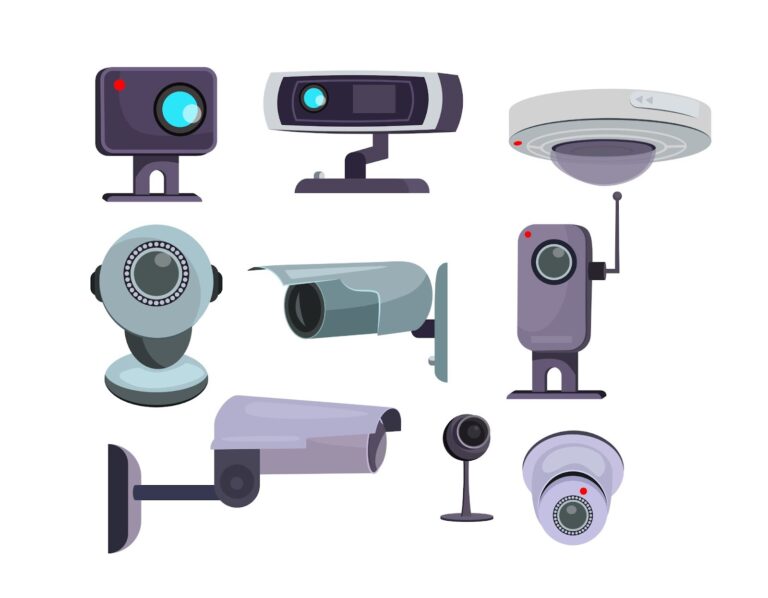The Evolution of Enterprise Content Management: Trends and Best Practices
Table of Contents
- Introduction
- Technological Advancements in ECM
- Best Practices for Implementing ECM Solutions
- ECM and Remote Workforce
- The Importance of User Experience in ECM
- Integration Strategies for ECM
- Conclusion
Introduction
In the labyrinth of the modern enterprise, data, and content sprawl can be a daunting challenge for any organization. This is where the pivotal role of enterprise content management consulting shines through, acting as a beacon to steer through the chaos. Enterprise Content Management (ECM) helps organize, manage, and distribute content and ensures this data is accessible and secure—a crucial aspect in today’s digital-first business environment. By diving into the history of ECM and observing how it has morphed from simple document management solutions to complex systems that manage various multimedia content, we can appreciate the sophistication of today’s ECM systems and the necessity for their continued evolution.
Technological Advancements in ECM
The potential of ECM systems has been expanded tremendously by advancements in artificial intelligence (AI) and machine learning. Applying these cutting-edge technologies, ECM systems have gained the capability to classify, manage, and retrieve data with unprecedented accuracy and efficiency. AI algorithms can now automate complex workflows, predict user needs, and provide previously unattainable insights, resulting in customization and adaptability that redefines content management. Another innovation that drives the evolution of ECM is cloud computing, which offers the agility to scale content management services up or down according to business needs while promoting collaboration across globally dispersed teams.
Best Practices for Implementing ECM Solutions
Implementing an ECM system is a technology upgrade and a strategic business decision that necessitates meticulous planning. It starts with a thorough needs assessment to pinpoint pain points, content types, and organizational process flows. Ensuring that your ECM system complies with the stringent regulatory landscape and providing robust security measures are the cornerstones of trustworthy ECM practices. Furthermore, creating a governance framework delineating user roles, permissions, and content life cycles can safeguard data integrity and optimize content usability.
ECM and Remote Workforce
Remote work has become the norm post-pandemic, and ECM solutions have emerged as indispensable tools for a distributed workforce. The challenge lies in enabling seamless, secure access to content, regardless of the user’s location. Modern ECM solutions have addressed this challenge by providing cloud-based platforms with real-time document access and collaboration features. This shift to cloud services equips businesses to maintain continuity and ensures that their teams can perform optimally, irrespective of their physical office presence.
The Importance of User Experience in ECM
Regardless of the technical sophistication of an ECM system, its success ultimately hinges on its usability. A user-centric design that emphasizes intuitive navigation and minimalistic interfaces reduces the learning curve and enables users to be productive with minimal training. The aim is to create an engaging and satisfying experience for the user—content should be easy to find, share, and manage. By customizing ECM systems to align with user preferences and business workflows, organizations can guarantee higher adoption rates and fully exploit the potential of their ECM investments.
Integration Strategies for ECM
The true power of ECM systems manifests when they seamlessly integrate into the more extraordinary tapestry of enterprise applications. A holistic approach that leverages APIs to connect ECM solutions with other critical business systems fosters a unified and efficient digital workspace. Integrating ECM into areas such as customer relationship management (CRM) and enterprise resource planning (ERP) systems enables businesses to harness the full spectrum of data and content, underpinning better decision-making and creating a comprehensive view of operations.
Conclusion
In today’s world, where content plays a significant role, Enterprise Content Management (ECM) is a crucial tool for businesses to manage their information assets strategically. The quest for innovation and efficiency is never-ending in the progression of enterprise content management. As the digital content management landscape evolves, it is essential to follow proven strategies and anticipate future trends. This will be key for any enterprise looking to leverage the full power of its content. Whether you are starting to build ECM solutions or refining existing systems, embracing these insights and preparing for the future will give you a competitive advantage built to last.







